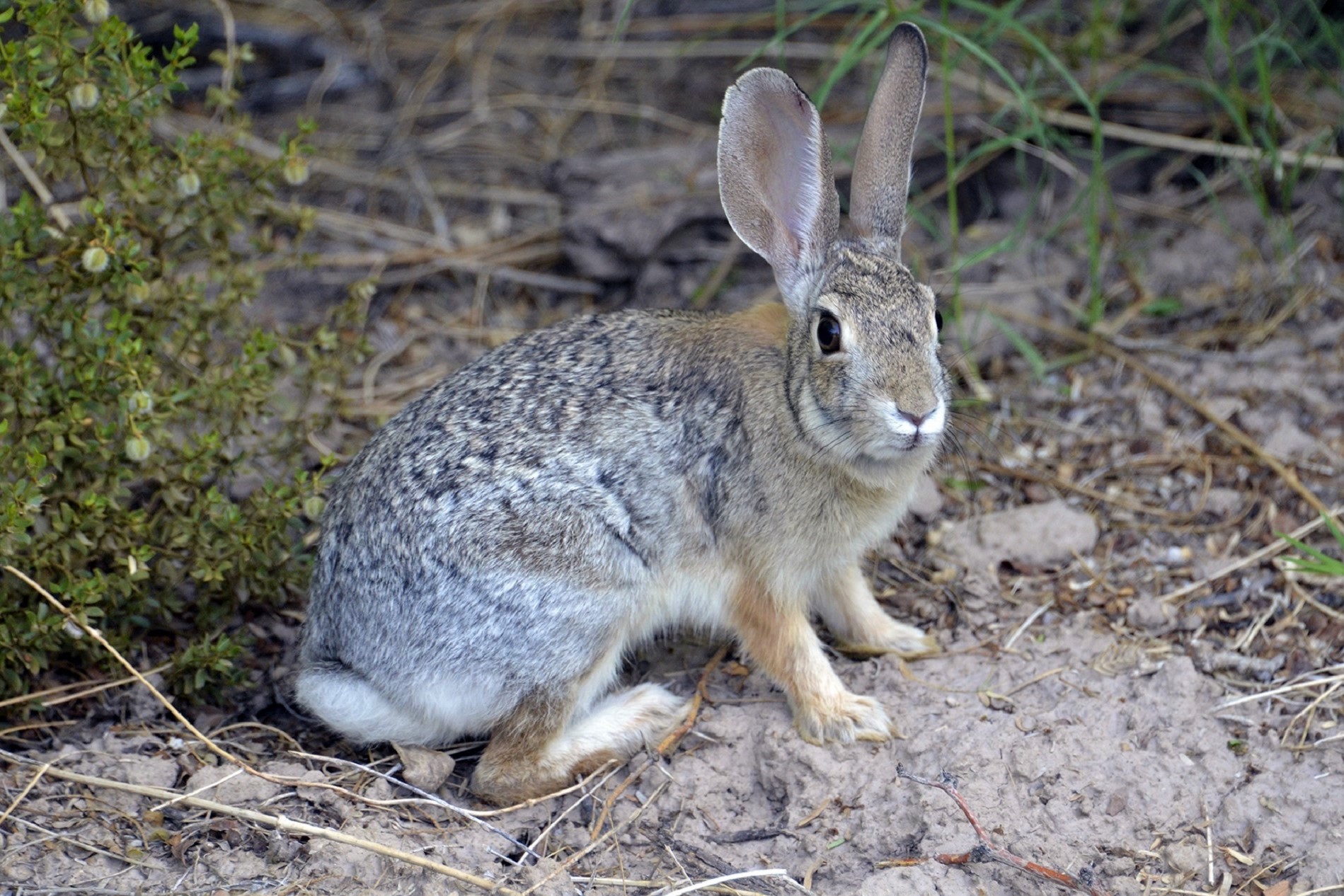Julian (Conservation Science Investigator) studied the wildlife that visits his backyard. Find out who is sharing his habitat through the use of camera traps.
***
Written by Julian, Little Green Guards® C.S.I.
INTRODUCTION
Animals are everywhere and we often find them sharing our habitat. Which species are among us, what type of area do they prefer and when are they active? These are the questions I wanted to answer in my three-part C.S.I. project.
Part 1 – My Backyard
If you have a backyard, the chances are there are quite a few animals that visit your backyard. I live in a suburban area in San Diego. In the past I had observed rabbits at multiple times in multiple places in my backyard. But I wondered why the rabbits would choose to come to the backyard instead of using the lush golf course just behind my house. My fascination about the rabbits, therefore, led me to my first investigation.
For my project my mentor, Dr. Andy Phillips, recommended that I use camera traps. I thought this was a good idea because I would not need to monitor my study area day and night. Also, most animals are shy around humans, so the cameras can help me “watch” without disturbing them.

METHODS
My backyard is shaped like a rectangle about 85 feet wide and 40 feet deep. Looking out from my back porch, the left side of the yard is covered with artificial mulch while the right side is grass. An elevated plant bed with vegetation of different sizes is next to the left fence. This raised plant bed continues all the way across the back until it reaches the fence on the right, along which are butterfly irises and various ground cover plants. A short picket fence separates the back of our property from the neighboring golf course fairway.






I determined each animal by species, age class and behavior, whenever possible. Any animal I could not identify was labelled as “unknown”. I also included my direct observation data in the final results. I then sorted the data by species and analyzed the observed events of each species. To make certain each of the observed event was independent of one another, I considered each event had to be separated from the next event by at least 30 minutes or they would be counted as one continuous event. As an example, when I practiced my soccer I sometimes stopped for 5 minutes to rest over the one-hour session, but each session was considered as only one event instead of several.
RESULTS
The camera traps captured 1,011 photos of various animal species. Besides humans, the images included desert cottontail rabbits (Sylvilagus audubonii), at least two species of birds, and one nocturnal animal that I could not identify because the photos were too overexposed.

The rabbits used the grass as well as the artificial mulch area. Often they foraged near the butterfly irises. In fact, judging by the direction the rabbits traveled and the movement in the vegetation, I suspect that the rabbits might be using the bushes along the left and right fences as shelter.




DISCUSSION
The camera traps helped me discover what animals visit my backyard 24 hours a day. The captured images greatly supplemented my direct observation data, and I learned how different species share a habitat in space and time. I now see why wildlife biologists use camera traps in their studies. Nevertheless, direct observation is important because I identified at least three different rabbits that used my yard and once I saw three rabbits at the same time. Camera traps alone would not have been able to provide that kind of information.
Even though the rabbits visited my backyard day and night, most of their visits were brief, fewer than 15 minutes long. The duration of visit was short for the birds, too. If we were to add up the total amount of time each species used the backyard humans would be number one. That is because we carried out different types of activities from the rabbits and birds. The human activity mainly involved me practicing soccer and playing field hockey with my family, and that often lasted an hour or more each time.
The times I was in the backyard at the same time as the rabbits they kept their distance from me but did not run. I learned that is called “habituation”, which means that the more time I spend in the backyard and don’t scare the rabbits the more comfortable they are sharing the backyard with me. Besides seeing immature rabbits, my observation also has led me to believe that there may be two or more burrows behind the bushes along my left and right fences. All these suggest that the rabbits do not perceive me and my family as a potential threat. I am beginning to understand why they choose to come to my backyard.
Next, I will be investigating the animals that use the neighboring golf course. I expect to see humans of course but I can’t wait to find out what animals are on the other side of the fence. Part 2 of my C.S.I. project is coming up. Stay tuned!
 Julian is a 5th grade student in San Diego County.
Julian is a 5th grade student in San Diego County.
